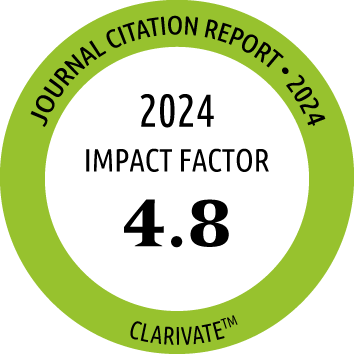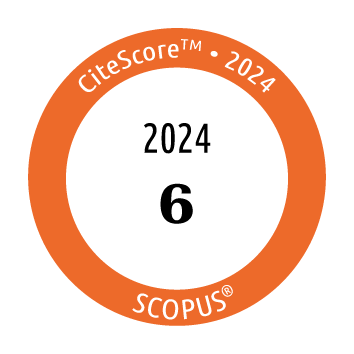Return to content in this issue
Investigating Sensitization to Novel Foods: A Real-Life Prevalence Study of IgE-Mediated Reactivity to Cricket, Locust, and Mealworm in Insect Food-Naïve Allergic Individuals
Scala E1, Abeni D2, Villella V1, ViIlalta D3, Cecchi L4, Caprini E1, Asero R5
1Clinical and Laboratory Molecular Allergy Unit, IDI-IRCCS, Rome, Italy
2Clinical Epidemiology Unit, IDI-IRCCS, Rome, Italy
3S.C. di Immunologia e Allergologia di Laboratorio, O.S. Maria degli Angeli, Pordenone, Italy
4SOSD Allergology and Clinical Immunology, USL Toscana Centro, Prato, Italy
5Ambulatorio di Allergologia, Clinica San Carlo, Paderno Dugnano, Milan, Italy
J Investig Allergol Clin Immunol 2025; Vol 35(3)
: 197-202
doi: 10.18176/jiaci.0986
Background: With the global population on the rise, edible insects are considered a potential solution to food security, although concerns about risks such as anaphylaxis have been expressed.
Methods: We tested 2014 participants using the ALEX (Allergen Explorer) test, version 2 (ALEX2, Macroarray Diagnostics) and extracts of 3 novel foods: Acheta domesticus, Locusta migratoria, and Tenebrio molitor. IgE-mediated sensitization status was investigated in participants who had never knowingly consumed these insects. Data were recorded using an electronic database.
Results: A total of 195 individuals (9.7% of all participants) were sensitized to insects. Tropomyosin was corecognized by 34%, and 18.5% of results were positive for arginine kinase. Reactivity to sarcoplasmic calcium-binding protein, troponin C, paramyosin, or myosin light chain proteins was recorded in less than 5% of the population, whereas 108 individuals (55.4%) did not react to invertebrate panallergens. A further 33 individuals (16.9%) exhibited monosensitization exclusively to insects. Multivariate analysis revealed an inverse association between reactivity to arachnids and sensitization to insect allergens, while a direct association was identified between Mollusca and Blattoidea and reactivity to tropomyosin. Furthermore, reactivity to myosin light chain protein correlated with sensitization to A domesticus and L migratoria, and reactivity to troponin C with sensitization to A domesticus and T molitor.
Conclusion: IgE-mediated sensitization to edible insect extract was observed in individuals with no prior exposure to these foods. Mites were unlikely to be primary sensitizers owing to their inverse association with insect reactivity. Conversely, the direct association between sensitization to insect extract and reactivity to mollusk and cockroach extract suggests their potential as primary sensitizers in these participants. A positive association was consistently observed for tropomyosin, with reactivity to all studied insects, thus supporting its role as a primary sensitizer.
Key words: Edible insects, Novel foods, Acheta domesticus, Locusta migratoria, Tenebrio molitor, IgE-mediated sensitization, Tropomyosin Arginine kinase.
| Title | Type | Size | |
|---|---|---|---|
 |
doi10.18176_jiaci.0986_supplemental-materials-figure.pdf | 123.32 Kb | |
 |
doi10.18176_jiaci.0986_supplemental-materials-table.pdf | 136.04 Kb |




